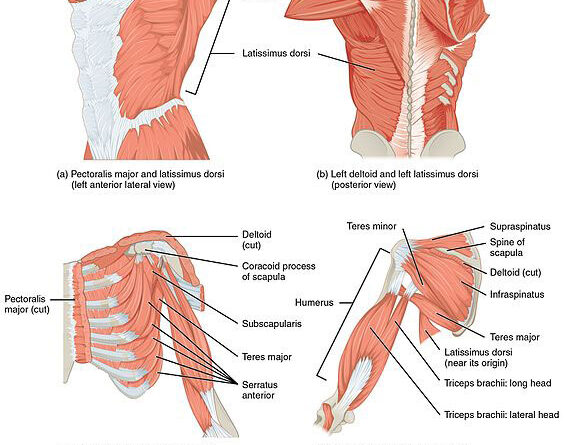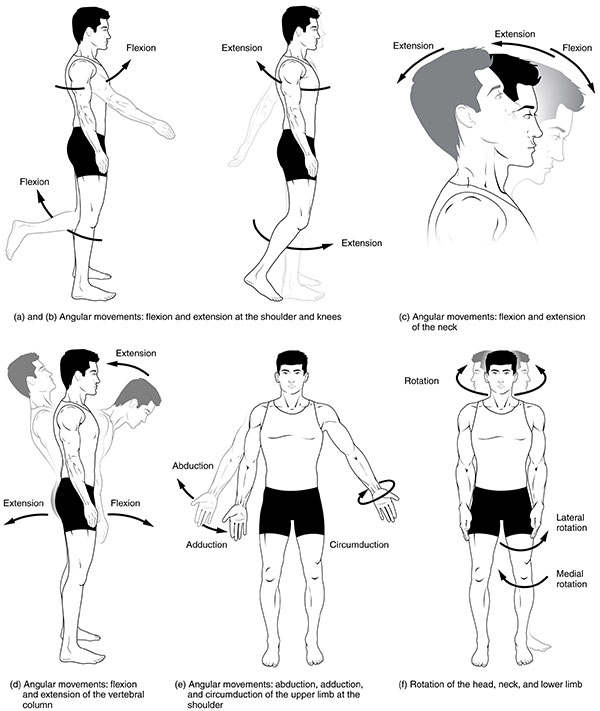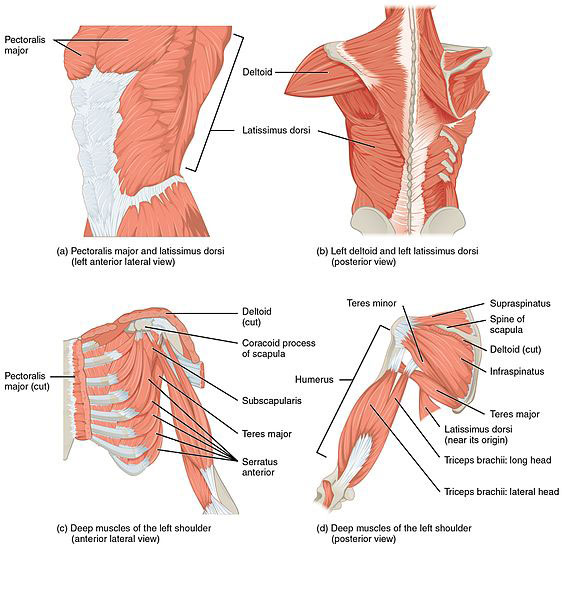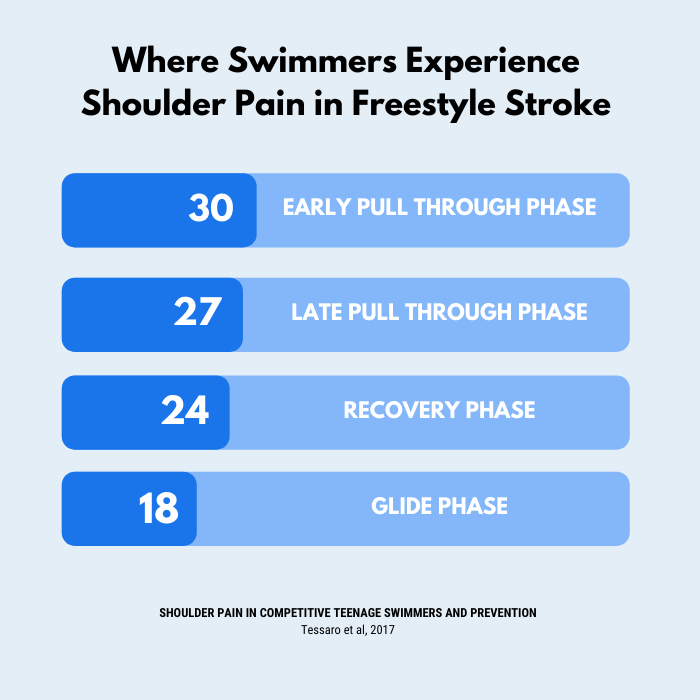
Are you an avid water sports enthusiast who dreads the all-too-common ailment known as swimmer’s shoulder? Fear not! In this article, we will equip you with essential tips and techniques to prevent and treat this pesky condition that often plagues swimmers. Whether you’re a seasoned professional or a casual swimmer, our advice will help you stay in the water pain-free so you can enjoy your beloved water sports to the fullest. Say goodbye to swimmer’s shoulder and hello to endless hours of seamless aquatic fun!

This image is property of www.sportandspinalphysio.com.au.
Understanding Swimmer’s Shoulder
Swimmer’s shoulder, also known as shoulder impingement syndrome or rotator cuff tendonitis, is a common overuse injury among swimmers. It occurs when the tendons and muscles in the shoulder become inflamed and irritated due to repetitive water sports movements. Swimmer’s shoulder can cause pain, limited range of motion, and even shoulder instability if left untreated.
Causes of Swimmer’s Shoulder
Swimmer’s shoulder is primarily caused by the repetitive overhead movements involved in swimming. The repetitive motion of the arm and shoulder during swimming can lead to imbalances and strain in the shoulder muscles and tendons. Factors such as poor technique, inadequate warm-up, and overtraining can further contribute to the development of swimmer’s shoulder.
Symptoms
The symptoms of swimmer’s shoulder can vary in severity. Common symptoms include shoulder pain, especially during overhead movements, weakness in the affected shoulder, and limited range of motion. Swimmers may also experience difficulty in performing their strokes or feel a popping or grinding sensation in the shoulder joint.
Preventive Measures for Swimmer’s Shoulder
Preventing swimmer’s shoulder begins with implementing proper warm-up and stretching routines. It is important to gradually increase the intensity of your workouts and avoid sudden increases in training volume. Strengthening exercises targeted at the rotator cuff muscles can help improve stability and prevent imbalances. Additionally, focusing on proper technique and stroke mechanics is essential to avoid unnecessary strain on the shoulder.
Proper Warm-up and Stretching
Before any swimming session, it is crucial to warm up the shoulder muscles to increase blood flow and prepare them for the upcoming activity. Simple exercises such as arm circles, shoulder rolls, and gentle stretching can help loosen up the muscles and reduce the risk of injury.
Strengthening Exercises
Specific exercises that target the rotator cuff muscles are key to preventing swimmer’s shoulder. Some examples include external rotations with resistance bands, scapular strengthening exercises, and shoulder stabilization exercises. Engaging in regular strength training outside of swimming can also provide overall muscular balance and support to the shoulder joint.
Improving Technique
Proper technique is vital in preventing swimmer’s shoulder. Working with a qualified swimming coach can help identify any flaws in your stroke mechanics and provide guidance on how to correct them. A focus on maintaining a smooth and efficient movement pattern can reduce excessive strain on the shoulder joint and decrease the risk of injury.
Treatment Options for Swimmer’s Shoulder
If you experience swimmer’s shoulder, it is crucial to seek treatment promptly to prevent further damage. The initial treatment typically involves rest and applying ice packs to reduce pain and inflammation. Consultation with a medical professional, such as a physiotherapist or sports medicine doctor, is advised for a proper diagnosis and personalized treatment plan.

This image is property of www.endureitsports.com.
Rest and Ice
Giving your shoulder adequate rest is crucial for healing. Avoid activities that worsen the pain and apply ice packs for 15-20 minutes several times a day to reduce inflammation. Resting the affected shoulder allows for the natural healing process to take place and ensures a better prognosis for recovery.
Physical Therapy
Physical therapy plays a vital role in the rehabilitation of swimmer’s shoulder. A licensed physical therapist can guide you through specific exercises and stretches to improve shoulder strength, flexibility, and stability. They may also use modalities such as ultrasound or electrical stimulation to aid in the healing process.
Anti-inflammatory Medication
In some cases, over-the-counter anti-inflammatory medications like ibuprofen or naproxen may be recommended to alleviate pain and reduce inflammation. However, it is important to consult with a healthcare professional before starting any medication, as they can provide guidance on proper dosage and any potential side effects.
Rehabilitation and Recovery
After the initial treatment phase, a comprehensive rehabilitation plan is necessary to ensure a full recovery and minimize the risk of future shoulder issues. The following strategies can aid in the rehabilitation process and expedite the return to swimming.

This image is property of www.sportandspinalphysio.com.au.
Gradual Return to Activity
Rushing back into swimming too soon can exacerbate the injury and delay the healing process. It is essential to gradually reintroduce swimming activities, starting with gentle movements and low-intensity exercises. Gradually increasing the intensity and duration of your swim sessions allows your shoulder to adapt and heal effectively.
Posture Correction
Improper posture can contribute to the development of swimmer’s shoulder. Working on correcting posture both in and out of the water can help alleviate stress on the shoulder joint. Strengthening the muscles responsible for maintaining proper posture, such as the core and back muscles, can provide additional support to the shoulder.
Cross-training
Engaging in cross-training activities can be beneficial during the recovery phase. Incorporating exercises that do not put excessive strain on the shoulder, such as cycling or yoga, can help maintain overall fitness levels while giving the shoulder time to heal. However, it is crucial to consult with a healthcare professional or physical therapist before starting any new activities.
Alternative Therapies for Swimmer’s Shoulder
In addition to traditional treatment options, alternative therapies can also be considered to aid in the recovery process and provide pain relief.

This image is property of www.yourswimlog.com.
Acupuncture
Acupuncture involves the insertion of thin needles into specific points on the body to promote healing and pain management. Some swimmers have found acupuncture helpful in reducing shoulder pain and inflammation associated with swimmer’s shoulder.
Massage Therapy
Massage therapy can help relax tight muscles, improve blood flow, and reduce pain. A skilled massage therapist can use various techniques, such as deep tissue massage or trigger point therapy, to release tension in the shoulder muscles and promote healing.
Chiropractic Care
Chiropractic adjustments can help restore proper alignment of the spine and extremities, including the shoulders. By addressing any misalignments or joint restrictions, chiropractic care can alleviate pain and restore proper joint function.
Preventing Swimmer’s Shoulder in Children
Swimmer’s shoulder can also affect young swimmers. To prevent swimmer’s shoulder in children, the following measures should be taken:

This image is property of u2d7r3y2.rocketcdn.me.
Avoiding Overtraining
Children should avoid excessive training volumes and listen to their bodies. Overtraining can lead to fatigue, muscle imbalances, and increased injury risk. Adequate rest and recovery periods should be incorporated into their training schedule.
Balancing Sports Activities
Encouraging children to participate in a variety of sports can help prevent overuse injuries like swimmer’s shoulder. Engaging in different activities can provide overall muscular development and reduce the repetitive movements associated with swimming.
Proper Equipment Fitting
Ensure that children have properly fitted swimming gear, including goggles and swim caps. Ill-fitting equipment can contribute to poor technique and increased stress on the shoulder joint.
Nutrition and Hydration for Swimmer’s Shoulder Prevention
Maintaining a healthy diet and staying adequately hydrated are essential for preventing swimmer’s shoulder.
Importance of Proper Nutrition
Proper nutrition plays a crucial role in supporting the body’s healing processes. Consuming a well-balanced diet rich in vitamins, minerals, and antioxidants can help promote tissue repair and reduce inflammation. Including a variety of fruits, vegetables, lean proteins, and whole grains in your meals can provide the necessary nutrients for optimal shoulder health.
Hydration Tips
Dehydration can contribute to muscle cramps and fatigue, increasing the risk of injury. Drink plenty of fluids before, during, and after swimming sessions to stay properly hydrated. Water is generally the best choice, but electrolyte-rich beverages can be beneficial for longer and more intense workouts.
Supplements for Joint Health
Certain supplements may be beneficial for supporting joint health and preventing swimmer’s shoulder. Glucosamine and chondroitin sulfate, for example, are commonly used to maintain the integrity of cartilage and reduce joint inflammation. However, it is recommended to consult with a healthcare professional before starting any new supplements, as they can provide personalized guidance based on your specific needs.
Returning to Swimming After Swimmer’s Shoulder
Returning to swimming after recovering from swimmer’s shoulder requires caution and monitoring of symptoms.
Gradual Reintroduction to Training
To avoid re-injury, it is crucial to gradually reintroduce swimming activities. Start with shorter durations and lower intensities, gradually increasing them over time. Listen to your body and back off if you experience any discomfort or pain.
Monitoring Symptoms
Pay close attention to any recurring symptoms or signs of shoulder discomfort. If you notice any pain or limitations in range of motion, it is important to address them promptly to prevent the development of chronic swimmer’s shoulder.
Seeking Professional Guidance
Working with a swimming coach or physical therapist during the return to swimming phase can be beneficial. They can provide guidance, assess technique, and monitor your progress to ensure a safe and effective transition back into regular swimming activities.
Common Mistakes to Avoid in Swimmer’s Shoulder Prevention and Treatment
To maximize the effectiveness of swimmer’s shoulder prevention and treatment, it is important to avoid certain common mistakes.
Ignoring Early Warning Signs
Ignoring early warning signs, such as minor shoulder discomfort or mild limitations in range of motion, can lead to worsening symptoms and prolonged recovery. It is essential to address these signs promptly to prevent further damage.
Overlooking Technique Correction
Technique flaws can contribute to swimmer’s shoulder. Overlooking the importance of proper technique correction can perpetuate imbalances and increase the risk of injury. Seeking professional guidance and working on stroke mechanics is crucial for long-term shoulder health.
Improper Use of Pain Medication
While over-the-counter pain medication can provide temporary relief, it should not be relied upon as a primary treatment for swimmer’s shoulder. Using pain medication to mask symptoms can delay proper diagnosis and treatment. Consult with a healthcare professional to determine the appropriate use of pain medication, if necessary.
Conclusion
Swimmer’s shoulder is a common overuse injury amongst swimmers, but with proper preventive measures, it can be avoided. Implementing a thorough warm-up and stretching routine, focusing on strengthening exercises, and improving technique are essential. In case of swimmer’s shoulder, timely treatment options such as rest, physical therapy, and anti-inflammatory medications can aid in the recovery process. Alternative therapies like acupuncture, massage therapy, and chiropractic care can also be helpful. Proper nutrition, hydration, and gradual reintroduction to swimming are key to prevent re-injury. By avoiding common mistakes and seeking professional guidance, you can maintain shoulder health and enjoy swimming without the discomfort of swimmer’s shoulder.
